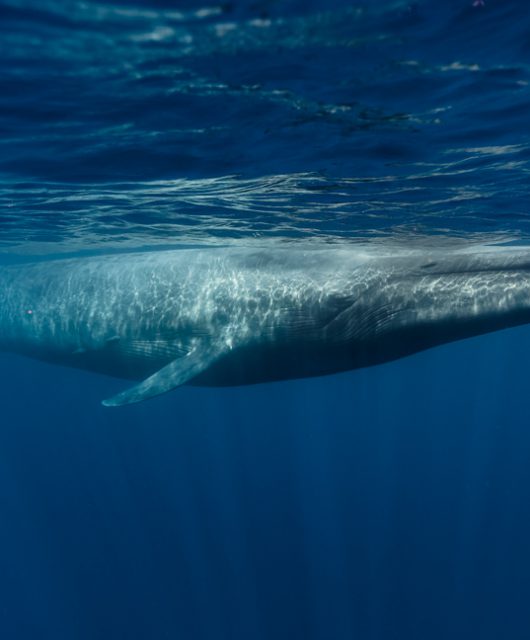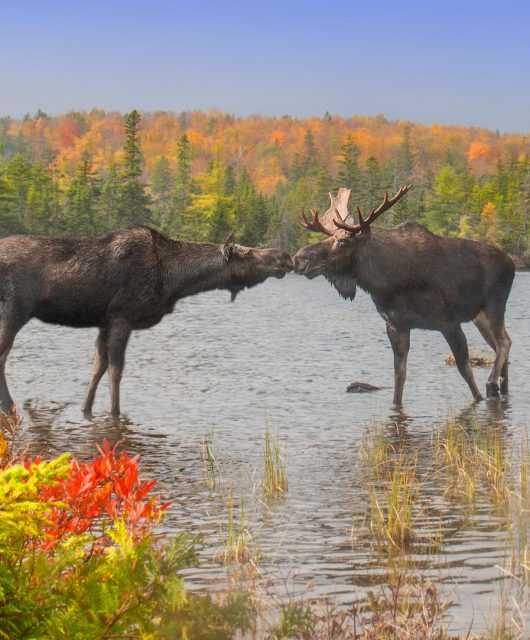What a year we’ve had! Here at Hinterland Who’s Who, we’re wrapping up a super busy -but fun- year. Of course, we wanted to celebrate Canada’s 150th with you, and after all, what is more Canadian than our natural heritage!
It all started in January, when we started the year by celebrating the heritage of Indigenous peoples in Canada. We released videos about freshwater turtles and the Wolverine in six Indigenous languages spoken in different regions from coast to coast to coast. These species were chosen since are important to Indigenous culture and present in many First Nation, Métis, or Inuit legends.
We continued celebrating throughout the year by releasing special videos about some of our most iconic wildlife, of course, but with a twist: not only did we talk about their natural history, we also highlighted their impact on our country’s history and culture.
The first featured species was the North American Beaver. This large rodent is found throughout Canada’s freshwater systems. Since it has played a prominent role throughout our history that it has become our national symbol!
The second featured species was the North Atlantic Right Whale. These extremely rare whales spend the summer in Canadian waters. For thousands of years, whales have provided Indigenous peoples with food and tools and was believed to be the master of life in the sea by the Mi’kmaq people.
The third species was the Pacific salmon! This amazing fish undergoes an impressive migration from the freshwater habitat where it’s born to the ocean and back. This keystone species is of foremost importance for the West Coast Indigenous peoples.
The fourth featured species was the Atlantic Cod. This fish is found at the bottom of the Atlantic Ocean off the Canadian coast. Fished by Indigenous peoples for thousands of years, cod would later become one of the most important parts of our fisheries with the arrival of Europeans in North America.
The fifth featured species was the American Bison. Historically, bison could be found in Canada from the grasslands and woodlands of the Prairie Provinces to the eastern foothills of the Rocky Mountains and up into the rugged Yukon. It was of foremost importance to Prairie Indigenous peoples, and its near-disappearance caused significant changes in their way of life.
The last featured species was the Snowy Owl, which came out just last week! There are few creatures that symbolize the beauty and ruggedness of Canada’s Arctic as well as this majestic white bird. While it is well adapted to life in -50°C, some individuals will migrate to southern Canada for the winter months. Throughout history, the Inuit peoples of Canada have shared territory with Snowy Owls, and because of that, these owls appear in their legends, art and traditions.



